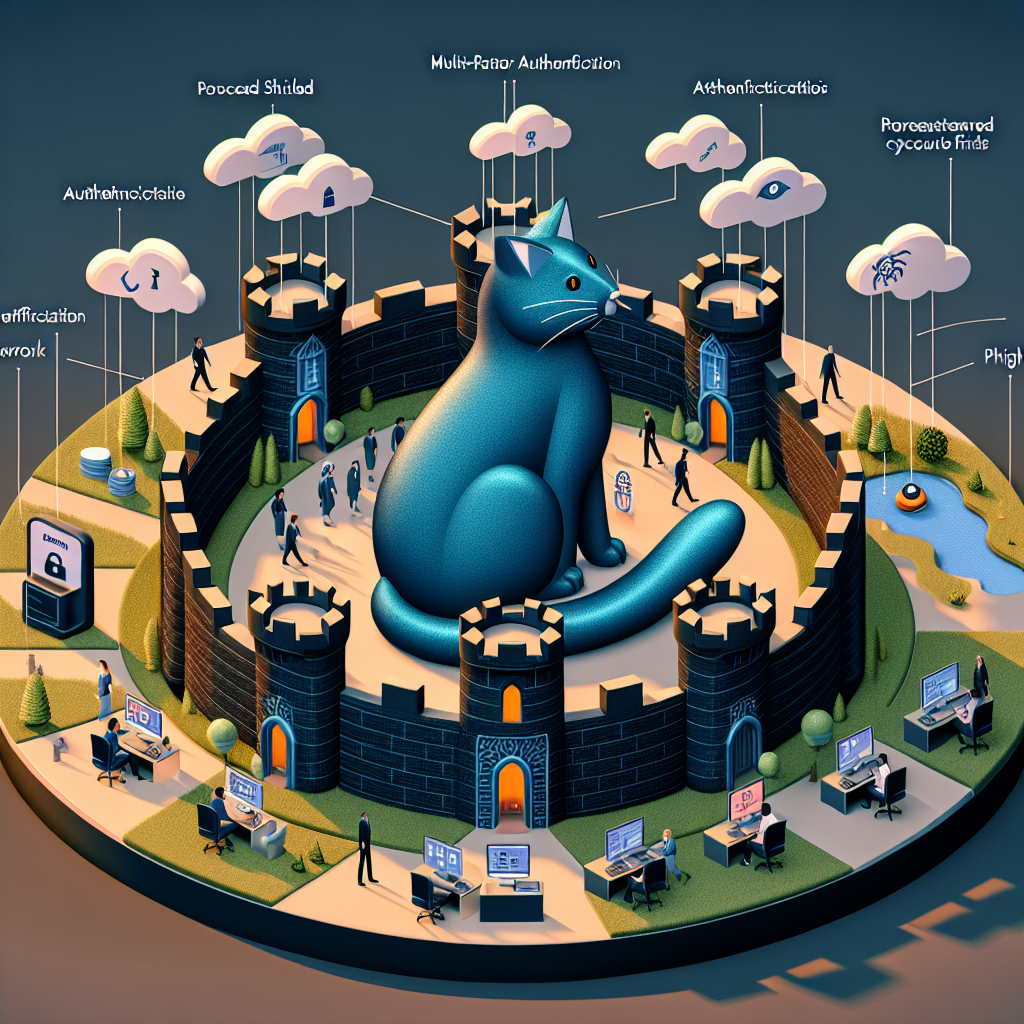In recent days, cybersecurity has become a continual cat-and-mouse game between businesses and cybercriminals. The rise of phishing attacks has necessitated a more robust defense mechanism, particularly for businesses that manage high-value data. One of the most effective strategies to counteract these threats has been the implementation of Multi-Factor Authentication (MFA).
Phishing remains a pervasive threat, exploiting human vulnerability by tricking users into sharing sensitive information. These attacks are becoming more sophisticated, with malicious actors employing advanced social engineering techniques. Businesses, particularly in the financial sector, have realized the critical need for enhanced security protocols. MFA plays a pivotal role by adding additional layers of verification that go beyond just passwords.
Passwords alone are often inadequate, as they can be easily compromised through phishing or other cyber-attacks. With MFA, users are required to present two or more separate forms of identification before accessing accounts. This typically involves something the user knows (a password), something the user has (an authentication app or token), and something the user is (biometric verification).
A notable case in recent cybersecurity advancements is the technology adoption by top-tier accounting firms. These firms, given their handling of sensitive financial data, have extensively integrated MFA into their security systems. For instance, PricewaterhouseCoopers LLP reported a significant reduction in compromised accounts following their implementation of MFA, underlining its effectiveness.
Moreover, many industries are now leveraging MFA as a part of their compliance with data protection regulations, instilling greater confidence among clients and stakeholders. The deployment of MFA as a standard practice is not just limited to large corporations; small and medium-sized businesses are also embracing this cost-effective, scalable solution to protect their digital assets.
Cybersecurity is not simply about technology; it's equally about fostering a culture of security awareness. Educating employees on the potential risks and the importance of diverse authentication can mitigate vulnerabilities. Workshops, training sessions, and routine security simulations can reinforce the significance of multi-layered security approaches.
Adopting multi-factor authentication is a proactive step towards securing business operations from unauthorized access. With cyber threats increasing in both frequency and complexity, MFA offers a reliable safeguard, ensuring that sensitive data remains protected from potential breaches.
Estimated reading time: 1 minute, 52 seconds
Strengthening Business Cybersecurity Through Multi-Factor Authentication Featured
 Explore how Multi-Factor Authentication is fortifying business cybersecurity in an era rife with sophisticated phishing attacks and cyber threats.
Explore how Multi-Factor Authentication is fortifying business cybersecurity in an era rife with sophisticated phishing attacks and cyber threats.
Latest from Security Tech Brief
- Navigating the Future of Cybersecurity with AI-Enhanced Solutions
- Navigating the Rising Tide of Cyber Threats: Key Trends and Strategies for 2024
- The Rising Threat of Phishing in Cybersecurity: A Call to Action for Businesses
- The Rise of Zero-Day Vulnerabilities: A New Wave of Cybersecurity Challenges
- Navigating the New Wave of Cyber Threats: Key Strategies for Businesses
Most Read
-

-
Jan 30 2020
-
Written by Security Tech Brief Staff
-
-

-
Jan 25 2019
-
Written by Security Tech Brief Staff
-
-

-
May 27 2019
-
Written by Security Tech Brief Staff
-
-

-
Jun 01 2019
-
Written by Security Tech Brief Staff
-














